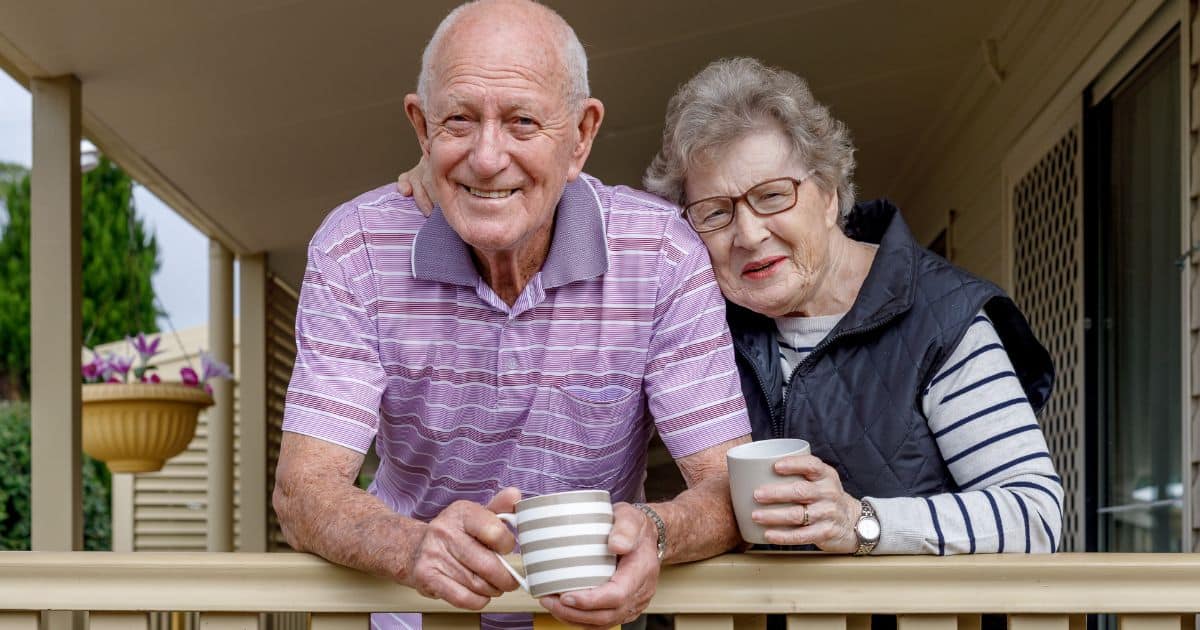In today’s fast-paced world, active living remains paramount, especially for older adults. Active living encompasses a variety of activities that promote movement and social interaction, ranging from walking and gardening to organized group exercise classes.
By maintaining an active lifestyle, older Canadians can improve their strength, flexibility, and balance, vital for overall quality of life. This blog explores the various benefits of active living for seniors and provides practical tips to encourage a more active lifestyle.
Once you’ve finished reading, you can click the following link to look at Alberta’s top retirement living communities.

Why is active living important for older adults?
Active living is especially vital for older adults in retirement communities, as it fosters a supportive environment that promotes interaction and engagement.
Such communities often offer activities encouraging movement and social bonding, significantly reducing feelings of isolation or loneliness. Regular physical activity helps older adults maintain independence by improving mobility and enhancing their ability to perform daily tasks.
Moreover, staying active in these settings can contribute to improved mental health. Participating in group exercises or social events can stimulate cognitive function and reduce the risk of conditions such as depression and anxiety.
In essence, active living nurtures physical health and cultivates a vibrant community spirit that enriches the lives of older adults, making their retirement more fulfilling and enjoyable.
Tips for making your lifestyle more active
- Incorporate short walks: Aim for at least 10-15 minutes daily. You can complete this routine around your home, at local parks, or within your retirement living community.
- Join group classes: Find out if your community offers exercise classes such as yoga, tai chi, or water aerobics. Group activities provide motivation and make exercise more enjoyable.
- Engage in gardening: Gardening is therapeutic and a great physical activity. Digging, planting and weeding can enhance strength and flexibility while allowing you to enjoy the outdoors.
- Participate in social events: Attend community gatherings or events encouraging movement, such as dance nights or group outings. Social interaction paired with activity can significantly enhance your experience.
- Utilize exercise equipment: Use simple equipment like resistance bands or light weights at home. These tools can be incorporated into your routine for strength training, boosting overall fitness.
- Set realistic goals: Establish achievable fitness goals to keep you motivated. Start small and gradually increase the intensity or duration of your activities.
- Buddy up: Stay active by partnering with a friend or neighbour. Exercising together fosters accountability and makes the experience more enjoyable.
- Explore new activities: Try different activities like swimming, cycling, or walking in nature. Exploring new forms of exercise can keep you engaged and excited about staying active.
- Break up sedentary time: Make a habit of standing or moving around for a few minutes every hour. This simple trick can help reduce fatigue and improve circulation throughout the day.
- Listen to your body: Pay attention to how you feel during and after activities. Rest when needed, and don’t hesitate to adapt exercises to suit your comfort and abilities.
By incorporating these tips into daily routines, older adults can enhance their activity levels and overall health and well-being.
How do retirement living communities help older adults stay active?
Retirement living communities play a pivotal role in promoting an active lifestyle among older adults. These environments are designed to facilitate social interaction and physical engagement, contributing to a holistic approach to well-being.
Here are some ways these communities support active living:
- Structured programs: Many retirement communities offer organized fitness programs, including aerobics, dance and stretching classes tailored to varying ability levels. These structured activities encourage participation and foster a sense of community.
- Access to amenities: Facilities like walking paths and fitness centres are often available within or near retirement living communities. Easy access to these amenities encourages residents to incorporate physical activity into their daily routines.
- Social opportunities: Retirement communities frequently host social events that promote recreation, such as game nights, gardening clubs and group outings. These activities motivate residents to engage with others while remaining physically active.
- Onsite resources: Many communities have staff dedicated to health and wellness, including fitness instructors and wellness coordinators, who can provide guidance and support tailored to the unique needs of older adults.
- Encouragement of peer support: Living in a community setting cultivates friendships and support networks that empower older adults to stay active together. Having workout partners or participating in group activities can enhance motivation and enjoyment.
By fostering an environment that values active living, retirement communities significantly enhance their residents’ physical, emotional, and social health and quality of life as they age.
Conclusion
Active living is essential for older adults, particularly in retirement living communities. It not only bolsters physical health but also enhances emotional and social well-being.
These communities create supportive environments that encourage engagement and movement by integrating structured programs, providing access to amenities, and fostering social connections. The practical tips above can help residents embrace a more active lifestyle, ensuring they lead fulfilling and vibrant lives. Ultimately, prioritizing physical activity enriches the retirement experience, empowering older adults to thrive during this important stage of life.
